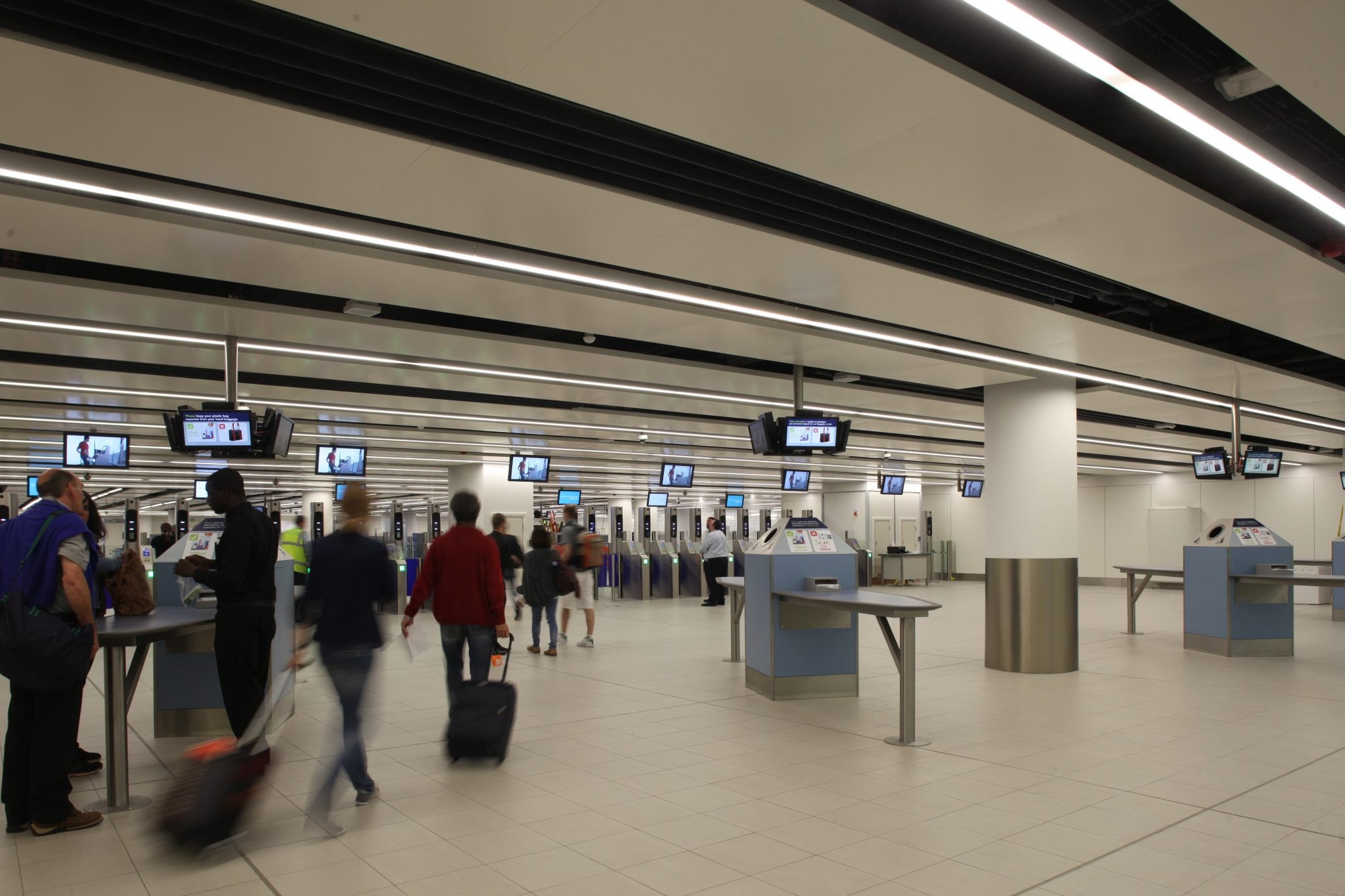Tomorrow’s Best Airport Security Is Already In Your Face

Skift Take
Big Brother is already watching. He may as well help get us to our destination quicker, and with less hassle, while he's at it.
Advancements in biometric technology won't revolutionize travel, they already have. What awaits us is further enhancement, greater sophistication, and ultimate invisibility.
Human Recognition Systems, experts in biometric technology, who work with leading airports around the world, predict that in the very near-term future airport security will be invisible—and right in your face. Successful trials of advanced distance iris, gait, and facial recognition systems have already been deployed, including two key programs at London Gatwick.
Experts in biometric technology and aviation trends agree that biometrics will play a key role in our daily lives over coming years and govern everything we do in the terminal—from how we park our cars and how we pay for our coffee to how we board our aircraft. But the prime objective of biometric technology at airports is to ensure that travel remains s
